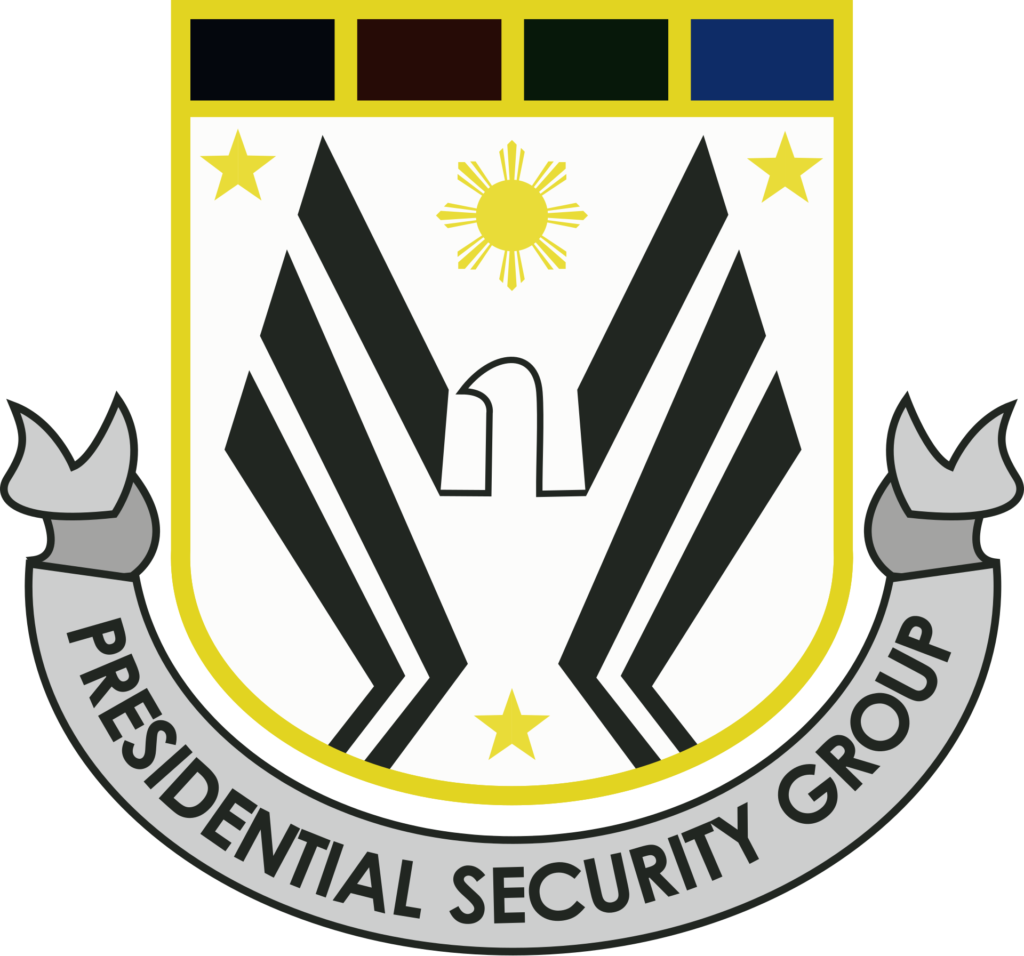Hey there, fellow netizens! Remember the good old days of dial-up internet and waiting for hours just to download a single song? 🎶 (And don’t even get me started on the ear-splitting sound of that modem connecting!) 😂 Those were the days, huh? But amidst the digital stone age, something incredible was brewing – the rise of social media! 🌐 And in the Philippines, where everyone’s practically glued to their phones, the evolution of social media has been nothing short of a rollercoaster ride! 🎢
So, buckle up as we take a nostalgic trip down memory lane and explore the fascinating journey of how Filipinos went from “Friendster” testimonials to “Facebook” rants, and everything in between! 😉
The Dawn of Social Networking: Friendster (circa 2002)
Ah, Friendster! The OG of social networking in the Philippines. 😌 Who could forget those meticulously crafted testimonials, agonizing over whether to give someone a “true friend” or just a “friend” rating? 😅 (Talk about pressure!) Friendster was like the cool kids’ club everyone wanted to be a part of. We’d spend hours decorating our profiles with glittery GIFs, cheesy background music, and those oh-so-deep song lyrics. 🎤 And let’s not forget the thrill of receiving a “Friend Request” – it was like a virtual high-five! 🙌
| Feature | Description |
|---|---|
| Testimonials | Users could write short messages about their friends, which were displayed on their profiles. |
| Friend Ratings | Users could rate their friends as “True Friend,” “Friend,” “Acquaintance,” or “Not Rated.” |
| Profile Customization | Users could customize their profiles with backgrounds, music, and GIFs. |
But alas, all good things must come to an end. As Friendster’s popularity surged, so did its technical glitches. The site became notoriously slow and unreliable, leading to frustrated users and the infamous “Internal Server Error” message. ⚠️ (Cue the collective groans!) And just like that, the Friendster era began to fade… 😥
The Rise of the Social Media Giant: Facebook (circa 2004)
Enter Facebook, the social media behemoth that would soon conquer the world (and our lives!). Initially popular among college students, Facebook quickly caught on in the Philippines, offering a more streamlined and user-friendly experience than its predecessor. No more clunky testimonials or confusing friend ratings – just a simple “Add Friend” button and a newsfeed to keep you updated on everyone’s lives.
| Feature | Description |
|---|---|
| News Feed | A constantly updating stream of posts from friends and pages. |
| Groups | Communities of users with shared interests. |
| Events | A way to organize and share information about upcoming events. |
Facebook became the go-to platform for everything – sharing photos, connecting with friends and family, joining groups with shared interests, and even organizing events. It wasn’t long before businesses also jumped on the bandwagon, using Facebook Pages to connect with customers and promote their products and services. 🛒
But with great power comes great responsibility (or something like that!). Facebook’s dominance has also brought its fair share of challenges, from privacy concerns to the spread of fake news. And let’s not forget the endless scroll that can suck you into a black hole of memes and cat videos! 🐱😂
The Microblogging Marvel: Twitter (circa 2006)
While Facebook was busy taking over the world, another social media platform was quietly gaining traction – Twitter. With its 140-character limit (now 280, thank goodness!), Twitter offered a fast-paced and concise way to share thoughts, news, and updates. It became the platform for real-time conversations, breaking news, and witty banter. 🎤
| Feature | Description |
|---|---|
| Tweets | Short messages limited to 280 characters. |
| Hashtags | Used to categorize and search for tweets on specific topics. |
| Retweets | Sharing another user’s tweet with your followers. |
In the Philippines, Twitter quickly became a popular platform for discussing current events, voicing opinions, and engaging in lively debates. (And let’s be honest, who doesn’t love a good Twitter war? 😉) From political discussions to celebrity gossip, Twitter has become the pulse of the Filipino online community. 🇵🇭
The Visual Storytelling Platform: Instagram (circa 2010)
As the saying goes, “a picture is worth a thousand words.” And with the rise of Instagram, Filipinos finally had a platform to showcase their photography skills (or at least their perfectly filtered selfies!). 🤳 Instagram quickly became the go-to platform for sharing visual stories, whether it’s your delicious brunch, your OOTD (outfit of the day), or your breathtaking travel adventures. ✈️
| Feature | Description |
|---|---|
| Photos and Videos | Users can share photos and videos with their followers. |
| Stories | Short-lived content that disappears after 24 hours. |
| Reels | Short-form videos set to music. |
Instagram has also become a powerful platform for businesses and influencers, with features like Instagram Shopping and sponsored posts allowing them to reach a wider audience. And let’s not forget the rise of “Instagrammable” cafes and restaurants, designed specifically to provide the perfect backdrop for your next post! 📸
The Video-Sharing Phenomenon: YouTube (circa 2005)
Remember the days when you had to wait for your favorite music video to air on MTV? (Yeah, I’m dating myself here!) 😅 Thanks to YouTube, those days are long gone. YouTube revolutionized the way we consume video content, giving us access to a vast library of videos on virtually any topic imaginable.
| Feature | Description |
|---|---|
| Videos | Users can upload and share videos on any topic. |
| Live Streams | Users can broadcast live video to their audience. |
| Channels | Collections of videos from a single user or organization. |
In the Philippines, YouTube has become a platform for everything from entertainment and education to vlogging and social commentary. Filipino YouTubers have amassed millions of subscribers, creating content that resonates with audiences of all ages. And who knows, maybe you’ll be the next big YouTube star! 🌟
The Rise of TikTok (circa 2016)
TikTok, the new kid on the block, has taken the world by storm with its short-form videos set to catchy music. From dance challenges to comedy skits, TikTok has become a platform for creative expression and viral trends. And in the Philippines, where everyone loves a good karaoke session, TikTok has found a natural home. 🎤
| Feature | Description |
|---|---|
| Short-form Videos | Users can create and share short videos set to music. |
| Challenges | Users can participate in viral challenges and trends. |
| Effects | Users can add special effects and filters to their videos. |
TikTok has quickly become one of the most popular social media platforms in the Philippines, especially among younger audiences. It’s a platform where anyone can become a content creator, and where creativity and humor are celebrated. So, go ahead and unleash your inner TikTok star! ✨
The Future of Social Media in the Philippines
So, what’s next for social media in the Philippines? 🔮 While it’s impossible to predict the future with certainty, one thing’s for sure – social media will continue to evolve and adapt to the changing needs and preferences of Filipino users. We can expect to see more innovative features, new platforms emerging, and even greater integration of social media into our daily lives.
One thing’s for certain: the Filipino love affair with social media is far from over. ❤️ So, keep those posts coming, keep those likes rolling, and keep those conversations flowing! After all, in the Philippines, social media is more than just a platform – it’s a way of life. 🇵🇭
Disclaimer: The information provided in this blog is based on available data and research. While we strive for accuracy, we acknowledge that the digital landscape is constantly evolving. If you notice any inaccuracies, please don’t hesitate to report them so we can correct them promptly. Thank you!




